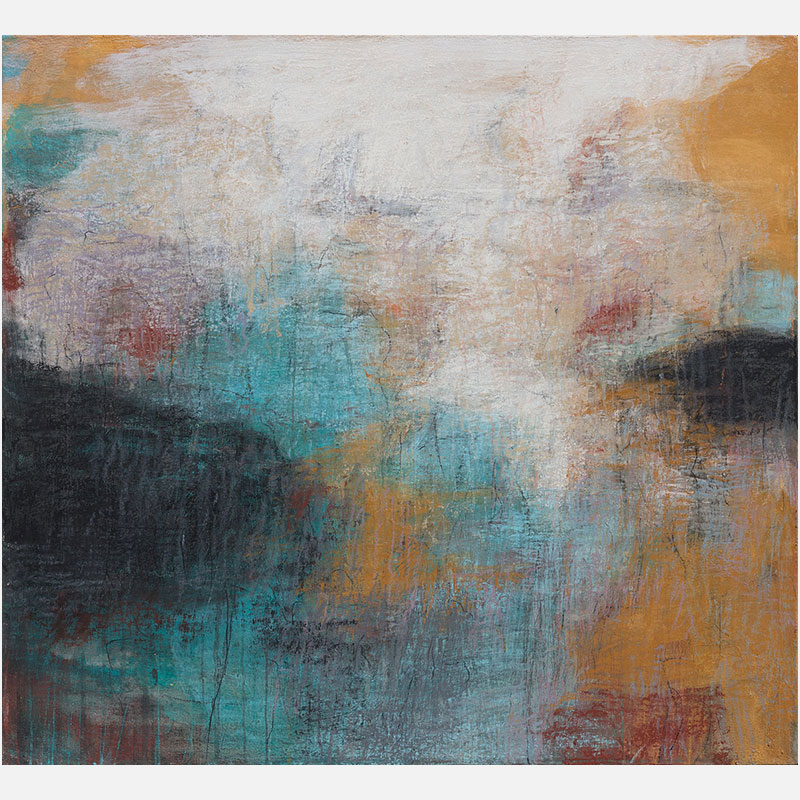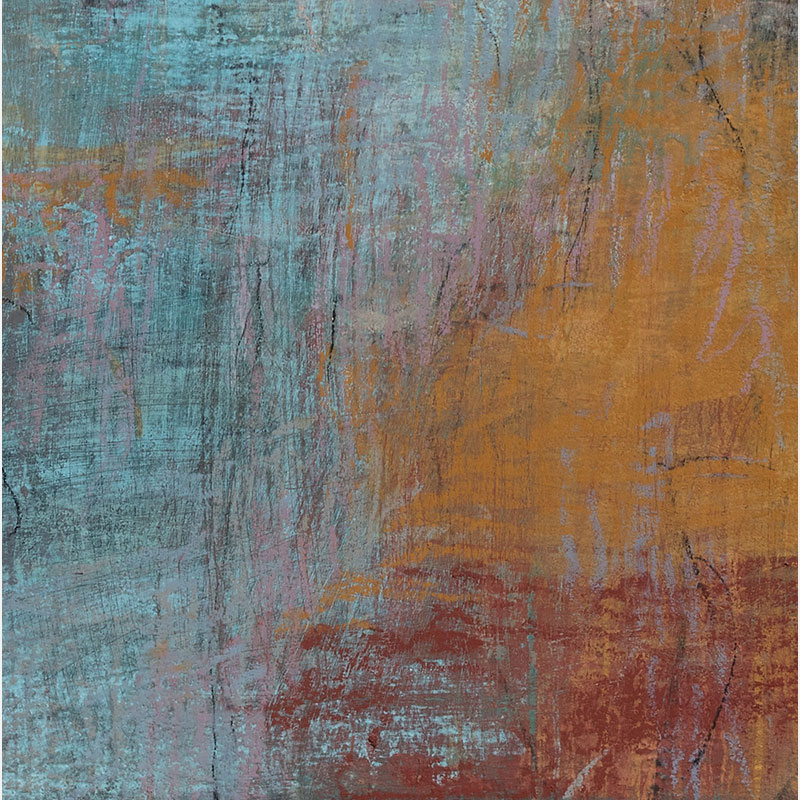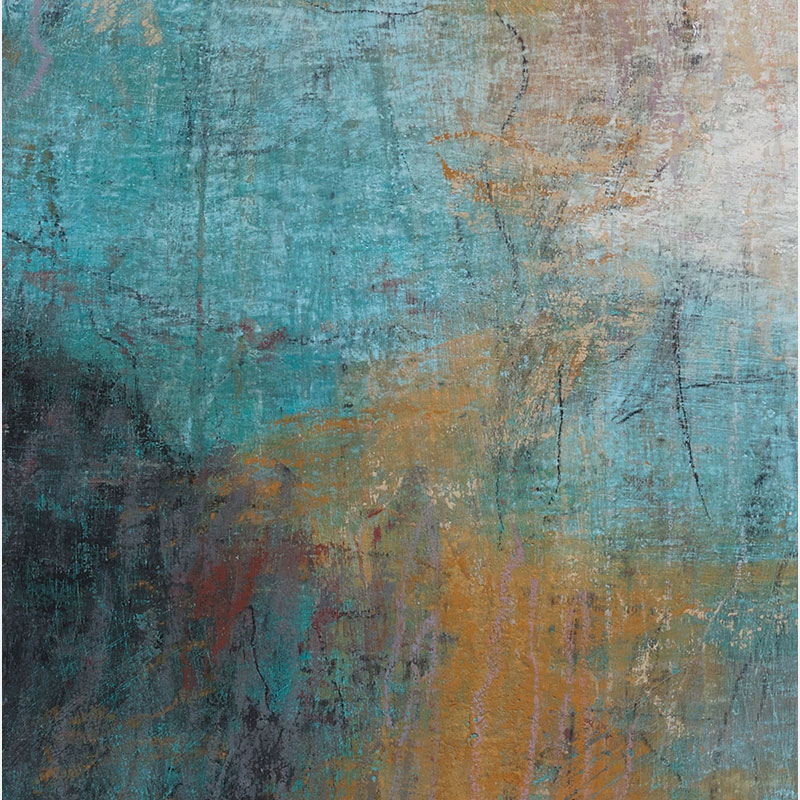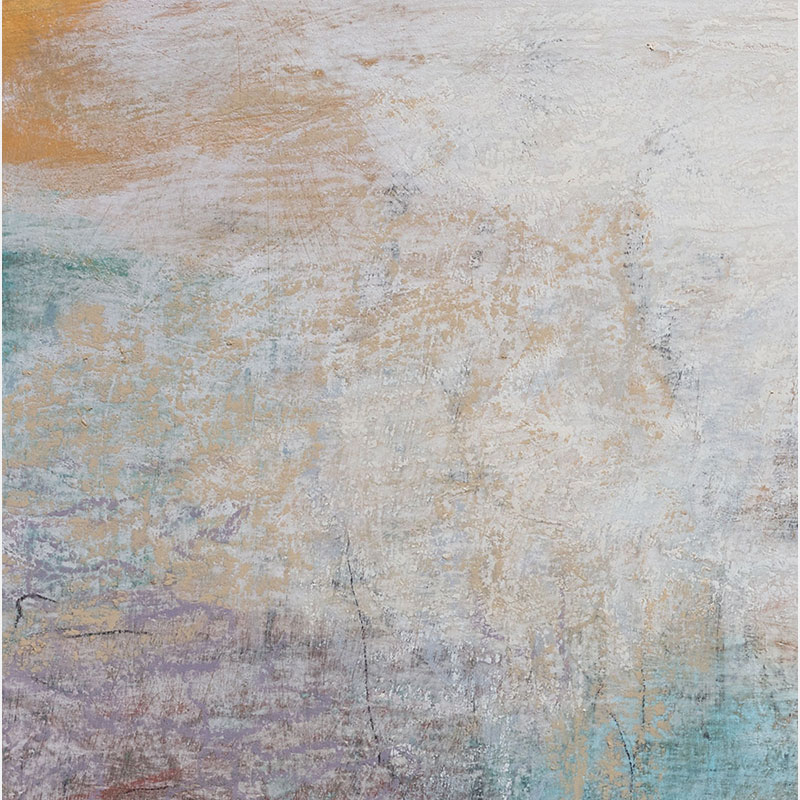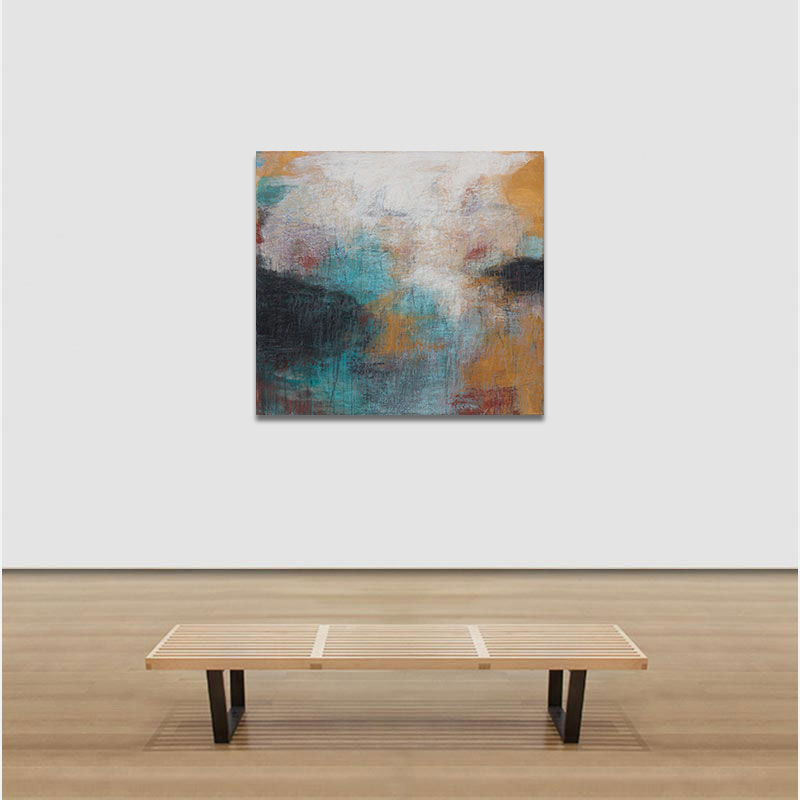EXHIBITION
AN ALCHEMY OF MATTER
Orazio De Gennaro:
Terra Incognita III, 2012
Oil Pastel, Graphite, and Pigment on Canvas
44 x 48 in
112 x 122 cm
US $ 7,300
In Terra Incognita III, Orazio De Gennaro evokes the mystery of unexplored lands through a surface alive with color and erosion. Veils of turquoise collide with ochres and deep blacks, producing an effect that oscillates between depth and radiance. The composition feels at once geological and atmospheric, as though charting a landscape suspended between ruin and renewal. ...more
Go to Artwork: NEXT PREV ALL
